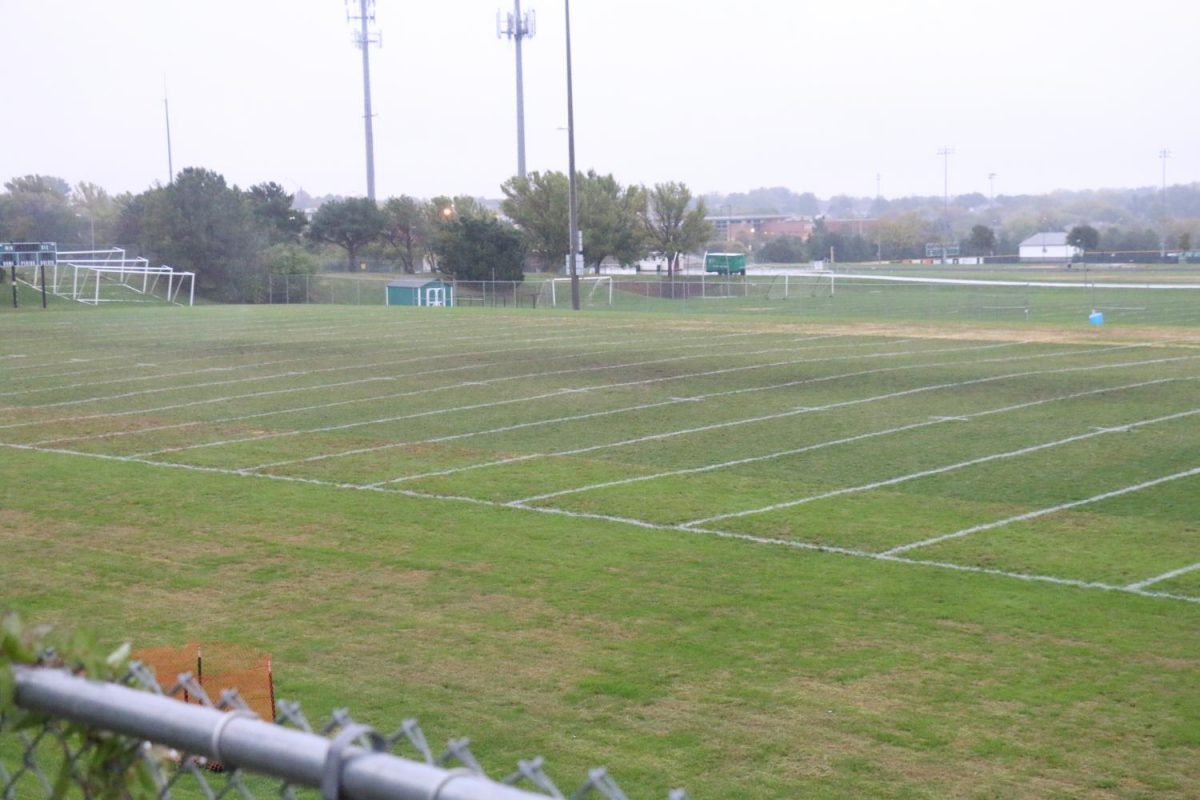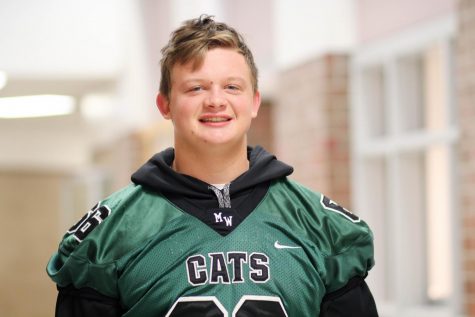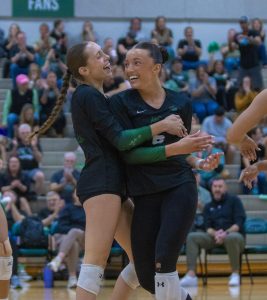Out with the Old, In with the Turf
October 5, 2017

After South Sioux City dropped down to Class B in the fall of 2016, only one Class A co-educational school remains without an artificial turf playing field on campus.
Millard West.
Millard West brought this to attention four years ago. The booster club at Millard West went to work and began raising funds to bring a turf field on campus. After two years of fundraising, the booster club received some generous donations around a hundred thousand dollars each from the Millard Public Schools Foundation, the band program and Millard United.
Because of these donations, Millard West was able to put up stadium lights as a first step to altering the top fields overall use.
The lights were immediately put to use after they were mounted in the fall of the 2015-16 school year. The football team used the lights during their playoff run that season. Because the sun sets early in November, it was perfect for stealing an extra few minutes of practice each evening.
More importantly, these lights can be used for varsity soccer and lacrosse games. Therefore, these activities can begin their games after 4:30 p.m., allowing for not only better visibility but also greater attendance from parents getting off work and students after activities.
Once the turf field is brought in, the upper field will have everything it needs to get the maximum potential out of that area.
Grass will not cut it long term as a playing field for Millard West. After a day of rain, players’ cleats tear into the grass, taking up chunks at a time. The damage is done by the time the field dries, and what remains is many dirt patches and uneven ground. The craters layering the field resemble a warzone with the most common casualty being the ankles of athletes.
“There’s bumps and little holes everywhere,” junior linebacker Jackson Unger said. “It’s uneven.”
To have any longevity, grass fields must be tended to regularly. A sprinkler systems cannot maintain the wear and tear that occurs through full seasons of football, soccer and lacrosse. Not to mention, the natural resources used- primarily water and fertilizer- put a toll on the budget as well as the environment. Thousands of gallons of water are required a day to maintain a grass field that is hardly grass to begin with.
The fields at Millard West follow the same pattern as the roads in Omaha. The worse the weather gets, the more potholes that appear and the risks of a flat tire increase dramatically. Instead of flat tires, athletes deal with hyperextensions, ACL tears, and fractured ankles during heavy rainfalls and hard grounds during cold months.
Eight-hundred and fifty-thousand dollars is the amount needed for a turf field.
“They’ve exhausted all avenues to raise the money,” athletic director Dr. Chris Loofe said. “Everything you can think of to raise money, these parents have tried it.”
There has been bake sales, fundraisers, and money coming directly from the pockets of the booster club parents. So far, the group of dedicated parents and alumni have pooled together $610,000, only $240,000 short of their goal. At the pace this project is moving, it is not odd to believe the quarter of a million left could be raised by the end of the school year.
Even with the new addition of the turf field, do not expect the Wildcats’ varsity football team to be suiting up on campus on Friday nights. The allotted space to build around the perimeter has reached a maximum. The only additions to the school can occur from building on top of what is already there. With no way to extend the width of the bleachers on the top field, which only holds a capacity of 600 people, it is hard to imagine a day a varsity football game is played there. Especially when the attendance reaches 7,000 at the Millard North and Millard South games.
“Our district is committed to Buell Stadium,” Loofe said. “With new additions to the press box and ample room for seating, the three Millard schools have had no issues sharing the stadium for football games.”
The turf field has always been “We’re getting it next year,” when athletes bring it up. Every year, these same athletes are disappointed when in August they return to the same crater-filled half-grass, half-dust cloud field they had last year.
If Millard West wants to see turf field on campus for the 2018-19 school year, the $850,000 must be raised by March 1, 2018. This date is important because it is the cutoff for when the administration can implement any new construction projects on campus. This particular construction, would start in the summer once soccer season ended, and would take three to four months to complete. The administration would like to see the project finished before fall football practice, but it is tough to predict a timeline.






